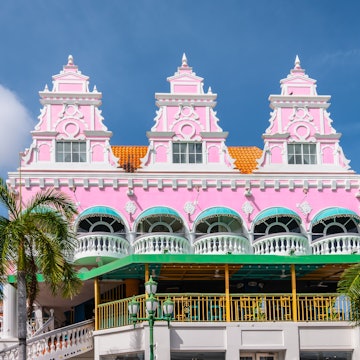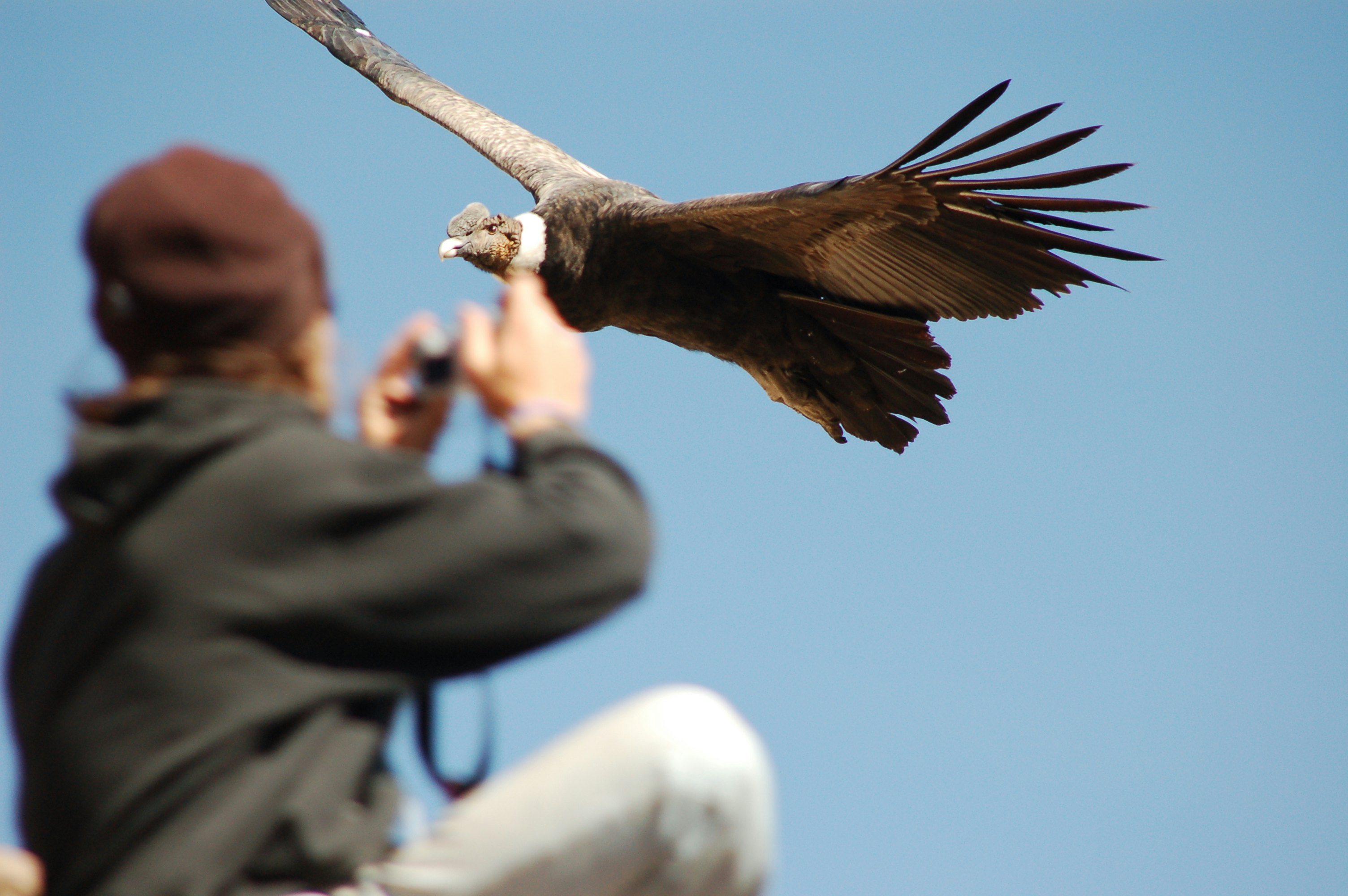

Not sure if you need a visa to visit Peru? We're here to help © Adriana Samanez / 500px / Getty Images
Home to one of the most-visited archaeological sites in the world, diverse ecosystems and a gastronomic scene that’s been booming for over a decade, it’s not difficult to come across a traveler with Peru on their bucket list — or one who has already crossed it off.
If you're one of the former, keep in mind that some prep work is involved. While many citizens of the world can visit the Andean nation without much more than an up-to-date passport, citizens of more than a few countries will require a visa to visit Peru.
To ease your mind and your travels, we’ve gathered some of the top questions regarding Peru visa requirements and visitor permits.
Who can visit Peru without a visa?
Travelers from North America, South America (with the exception of Venezuela), the European Union and Oceania can visit Peru visa-free, as can a few other select countries, including South Africa. Even quite a few citizens from South American countries can enter Peru just by showing their national identity documents.
Check this document from Peru’s Ministry of Foreign Affairs to see if you need a visa based on your nationality.
Even if you can enter Peru visa-free, visitors must have a valid passport for at least another six months upon arrival.
Every visitor to the country via the Jorge Chavez International Airport in Lima receives The Andean Migration Card (TAM). The card, which can be obtained in person or virtually, includes passport and ticket information, along with a fingerprint and photo.
TAM serves as a replacement for a passport stamp which, as of May 2023, travelers to Peru no longer receive.
Travelers are typically granted a 90-day permit in Peru, though that number can dip as low as 30 and reach a maximum of 183. It depends on the border official who receives you in migrations.

What happens if you overstay in Peru?
Since the country is packed with incredible places to visit in every region, visitors can easily find reasons to extend their vacation. But remember, there’s an S/4.40 per charge for every extra day over your tourist permit. The accrued debt must be paid in cash at the airport before departure.
Can you extend your stay in Peru?
Tourists can stay in Peru for a maximum of 183 days in one calendar year. For permits less than 183 days, you can visit an immigration office in any major Peruvian city to request an extension. The request must come before the visitor permit expires. Only tourist visas under 183 days will be considered.
How can I get a visa to visit Peru?
If you require a visa to visit Peru, you can apply for a Tourist Visa or a Business Visa. To apply, visit a Peruvian consulate or embassy in your country well in advance of your planned trip. Locate the nearest office here.
Both visa types cost about S/112. In general, tourist visa requirements include a passport with a 6-month validity minimum, a round-trip flight itinerary, hotel reservations and proof of financial solvency.
















